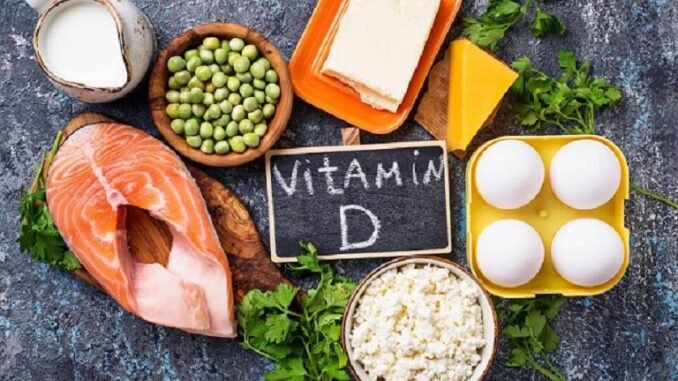
Over 40 percent of the US population has insufficient levels of vitamin D. But, unlike most vitamin deficiencies, lacking in vitamin D isn’t the result of a poor diet.
Although some foods are fortified with vitamin D, few foods are a natural source of this vitamin. Instead, ultraviolet B (UVB) rays from the sun allow the body to make vitamin D, which is why it’s known as the sunshine vitamin. But without sufficient amounts of vitamin D light, your body can’t make enough of this crucial vitamin.
Want to know more about vitamin D and how our bodies make the sunlight vitamin? Keep reading to find out!
1. Your Location Matters

The farther away you live from the Equator, the less UVB light reaches the earth. This is a big concern for people living in countries where winter days are short and dark. Cold climates also mean people wear clothing that covers their arms and legs, limiting exposure to the sunlight vitamin even more.
Because of this, it’s important to take vitamin D supplements from Vitabiotics to avoid a vitamin D deficiency. You can also use a vitamin
D cream to maximize your ability to absorb UVB rays and make the sunlight vitamin.
2. Ozone Layer Holes Could Enhance Vitamin D Levels
Stratospheric ozone absorbs UVB radiation as a means to protect living things from the sun. Holes in the ozone layer caused by pollution mean that the sun’s rays penetrate the ozone and to reach the earth more easily.
Although this has many negative effects, one possible positive effect is that these holes provide more vitamins from the sun, in turn enhancing vitamin D levels.
3. Your Ability to Produce Vitamin D Decreases with Age
Compared to younger people, older people have lower levels of 7-dehydrocholesterol in their skin. This is the substance that UVB light converts into the vitamin D precursor, previtamin D3. As a result, older people are less efficient vitamin D producers than younger people.
4. Darker Skin Absorbs Less Vitamin D

The substance that makes skin dark is called melanin. Melanin ‘competes’ with 7-dehydrocholesterol to kick-start the production of vitamin D.
This link between vitamin D and skin color means that dark-skinned people often need more UVB exposure than light-skinned people to produce the same amount of vitamin D.
5. Sunscreen Use Doesn’t Lower Vitamin D Levels
The sun gives you vitamin D, but it also damages your skin. Sunscreen blocks UVB light to prevent this damage. In theory, this would mean that using sunscreen could lower vitamin D levels. But in practice, few people use enough sunscreen or apply it often enough to block all UVB light.
An Australian study sought to investigate this as a way to avoid discouraging people to use sunscreen. Researchers gave participants either true sunscreen or a placebo cream to use throughout the summer. Here, they found no difference in vitamin D levels between the two groups.
Maximizing Vitamin D Light Exposure
As these amazing facts about vitamin D light show, there’s a lot more to the process of making vitamin D than ensuring you get a daily dose of sunshine.
For older adults, those with dark skin, or people who live far away from the Equator, it’s likely that you’re lacking vitamin D for at least some of the year. Luckily, supplements can boost your vitamin D levels while you wait for the sun to come out again.
For more great lifestyle tips and insights, be sure to check out our other blog posts!